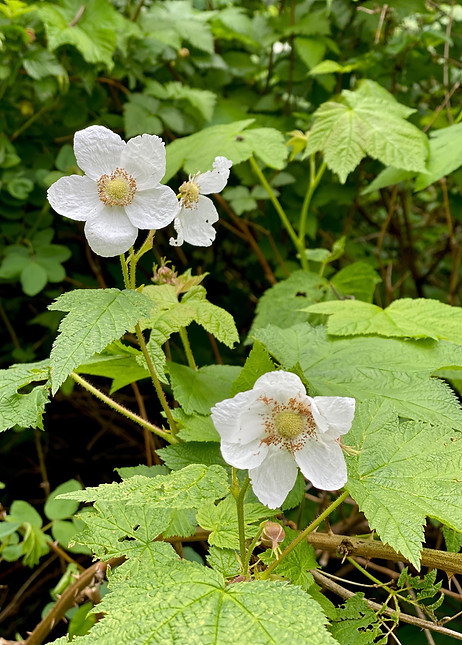top of page

T'qwémelhp (plant)
T'qwém (berry)
Stháthqiy (shoots)
Thimbleberry
Rubus parviflorus

%20-%20IMG_4648.jpeg)
Indigenous
Food and Medicinal Uses:
Stháthqiy (tender, sweet shoots) are peeled and eaten fresh in the spring.
T'qwém ripened in July and were eaten fresh, dried, or mashed and dried as cakes.
Other Uses:
Leaves are used to clean slime from fish when butchering.
Leaves were also used to line steaming pits, and to cover food.
bottom of page